THINK 2041: THE FUTURE OF PACKAGING
How a materials revolution and a systems change will turn off the plastic tap | Nov 15 2021
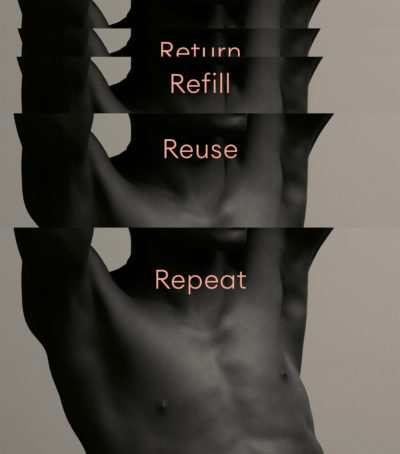
How a materials revolution and a systems change will turn off the plastic tap | Nov 15 2021
We’re all in agreement that the way we package consumer goods needs to change. That change can be daunting undoubtedly -
but it’s also exciting, optimistic and, now, imperative. Legislation
to target single-use plastics is coming and companies have an
incredible opportunity to get ahead of the curve, to lead the
industry and, in turn, create a clear competitive advantage. We
already have all the tools we need, now we just need action.
Here we address how to make change now.
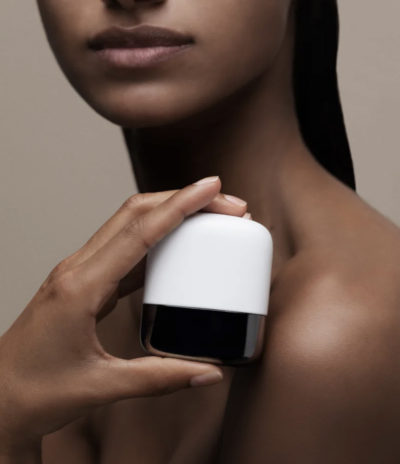
REFILLABLE DEODORANT
In 2019, we contributed to a refillable deodorant for global beauty brand Dove. It was the first foray into circular design for Dove’s owner Unilever and was designed in sleek stainless steel to last a lifetime.
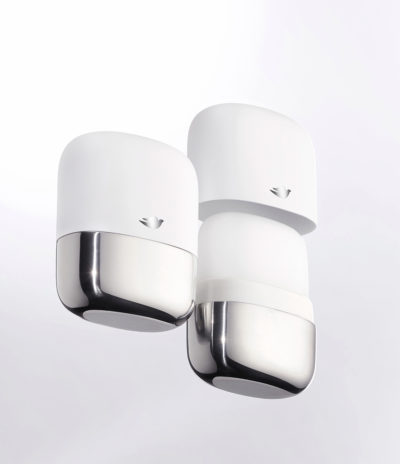
From beauty products to food packaging, plastic is everywhere. The beauty industry alone consumes more than 120 billion units of single-use plastic packaging every single year, with experts predicting that if we keep going at our current rate this figure will have tripled by 2050. Our sustainability advisor Siân Sutherland says this is due in part to the prevalence of recyclable plastics and the lack of understanding around what this actually means.
“The word recyclable exonerates you from any responsibility. People can say, ‘I made it out of recyclable plastic’ and then it’s just not their problem that there is no system to recycle it. Global recycling is absolutely stagnant at 9%. And even if it is recycled, it’s downcycled once or twice, and then what? We have to move away from that offsetting of responsibility.”
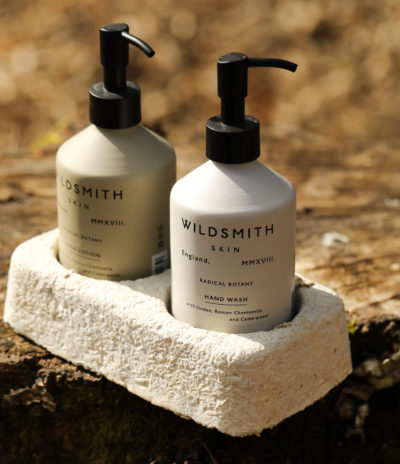
WILDSMITH SKIN
Wildsmith Skin is a beauty brand with nature at its core. Based in the Hampshire countryside, they have an innovative and experimental approach to packaging. As part of our commission, we have advised on a number of plastic free solutions, including mycellium secondary packaging, which is created from the root structure of a mushroom, as well as ceramic bottles and metal pumps.
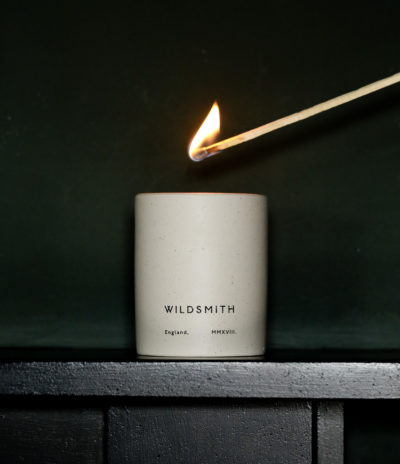
At Made Thought we believe two significant changes are needed. Short-term we must move away from plastic in favour of more sustainable alternatives as quickly as possible and, long-term, a refillable system supported by permanent, life-long packaging will render single-use obsolete altogether.
“It will be a massive challenge for the industry,” says Siân, who is also a former beauty brand owner and co-founder of global solutions organisation A Plastic Planet. “Somehow we need to reimagine that system of refill so that it’s like buying a Tesla rather than getting on a 1950s milk float. It needs to be elevated, exciting and rewarding. And we cannot depend on the 1% of the population who care enough to go to a refill store. We have to create a model that works for the 99%.”
In 2021 legislation was passed in France mandating that 20% of floor surfaces in supermarkets must be fitted with refill systems by 2030. It’s this kind of change that shows us where our focus should be, says our co-founder Ben Parker.
“It’s so much better to make the change now rather than wait to have it forced upon us. It’s not, can you afford to do this, it’s can you afford not to? Brands need to be looking 10, 20 years and more into the future. We should all be thinking about what brands of 2041 look like and working backwards from that point. It’s important to note that this isn’t going to be easy. We need to be bold otherwise we are just taking micro-steps, or steps that others have already taken.”
While a meaningful refillable system and the permanent packaging solutions needed to support it will take years to implement at scale, there are short-term changes that can be made now to turn off the plastic tap. This is where materials play an integral role.
“There are some really exciting developments being made in this space,” says Ben. “Hyper-disposable solutions are being produced in materials like paper, algae and mycelium to name a few and we’re seeing increased demand for alternatives to plastic from our clients. Legislation will come and brands that haven’t already thought about a more sustainable solution will be left behind. We believe there’s never been a better time to start.”
Whether hyper-disposable or hyper-permanent, we believe a materials revolution is coming. And the best thing brands can do right now? Be brave, try new options, test and learn.
We have lost the emotional connection with objects, the feel, in the hand, of something well-worn and cherished. Instead, we believe that waste is normal - but it’s not normal. Everything we create should be beautiful, useful and durable, either built to last or built to perish deliberately and safely, without waste or pollution.
Weaning ourselves off plastic won’t be easy. An imperfect solution today is far better than a perfect solution tomorrow. Create. Iterate. Improve. Don’t wait. An innovative material has the ability to make a brand stand out and to create appeal in a market oversaturated by sameness.
A new aesthetic is coming and it’s the antithesis to everything you’ve ever associated with newness. It’s not shiny, it’s not smooth and it’s not flawless. New materials look and feel different to what we’ve come to expect from plastic packaging.
Either through choice or legislation, eventually all brands will be sustainable. When this day comes, you will still need to stand for something unique and desirable. Identify what that is. Sustainability should be embedded at the core of everything you create, not be the angle on which you sell it.
Exciting developments are happening everywhere, look beyond your industry or category. Packaging innovation in the food sector is rife, especially with compostable solutions. Research, reach out, ask questions.
Think outside the box when it comes to shape and size. Something as simple as reducing the volumetric capacity of packaging can make a difference. Less is always better.
Some of the most sustainable materials we have available today have been in existence for hundreds of years. Paper, glass and aluminium are all non-toxic and infinitely recyclable.